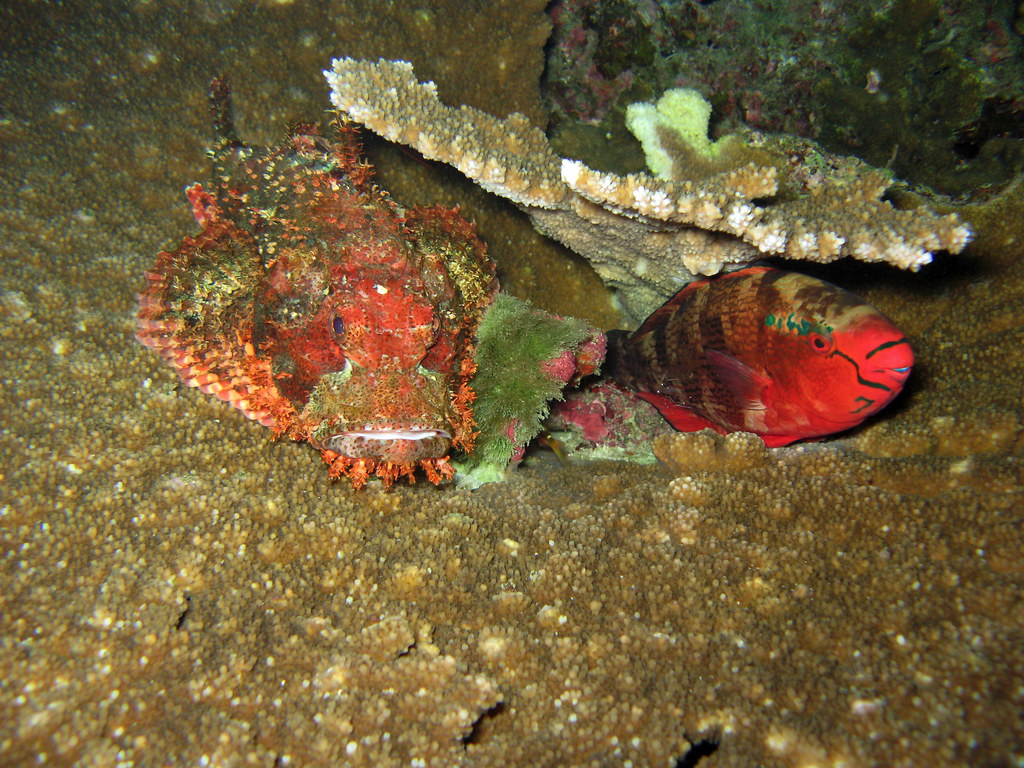Have you ever wondered how the inhabitants of the underwater realm catch their Zs? The world of fish sleep is a fascinating journey that takes us into uncharted waters. Join us in exploring the mysterious universe of fish sleep, where the notion of relaxing beneath the ocean waves takes on a whole new dimension.
Table of Contents
Understanding Fish Sleep:
Fish have no eyelids, unlike mammals, which makes it difficult to comprehend how they sleep. Recent research has revealed that fishes genuinely experience distinct rest times, and there are significant species-specific differences in their sleeping patterns. For example, sharks exhibit a type of unihemispheric slow-wave sleep, where one hemisphere of the brain remains active while the other takes a break.
Environmental effect:
Given their innate adaptability, fish create their sleep routines based on myriad environmental factors. Variables such as water temperature, light intensity, and the imminent presence of predators play important roles in determining when and how fishes choose to rest. Some fish, classified as diurnal, prefer to sleep during the peace of the night, while others, nocturnal in nature, opt for the peace of daylight.
Unique sleeping position:
Observing the sleeping posture of fish can be a source of entertainment. Imagine some species hovering delicately in the water, maintaining their position through microscopic fin movements, while others seek shelter among coral reefs or the protective embrace of lush underwater vegetation. Some also create comfortable sleeping places by digging in crevices or in the safety of sandy bottoms.
Importance of sleep:
Like their terrestrial counterparts, sleep is essential for fish to maintain overall health and well-being. During these periods of rest their bodies undergo essential processes of repair and regeneration, ensuring that they are ready for the challenges of underwater survival. Lack of adequate sleep can affect the cognitive functions of fish, underscoring the important role of sleep in their daily lives.
Notable examples:
Many fish species exhibit extraordinary sleeping behavior. Take the parrotfish, for example, which envelops itself in a self-made mucus cocoon during the night – a potential defense against parasites or predators. Meanwhile, some species of groupers and wrasses have been observed forming sleeping aggregations, where several individuals gather together to share the peace of sleep.
Dreaming beneath the waves:
The ongoing exploration of fish sleep patterns highlights the complexity and intrigue within marine life. As scientific investigation progresses, the secrets hidden beneath the waves are revealed. So, the next time you find yourself near an aquarium while snorkeling or immersing yourself in the underwater wonders, marvel at the serene beauty of the fishes haunting your dreams beneath the shimmering surface of the water.
Check out Where Do Puffer Fish Live?
Conclusion:
The mystery of fish sleep inspires us to marvel at the complexities of marine life. As scientific understanding advances, the mysteries hidden beneath the waves gradually begin to reveal themselves. Whether you’re standing in front of the giant glass of an aquarium or immersed in aquatic beauty during a snorkeling adventure, let the serene sight of resting fish capture your imagination – captivating dreams unfolding beneath the water’s shimmering surface.

